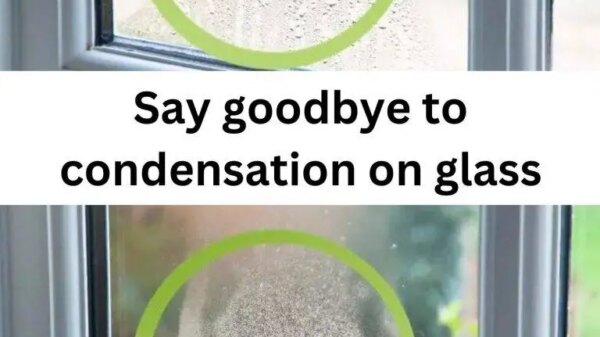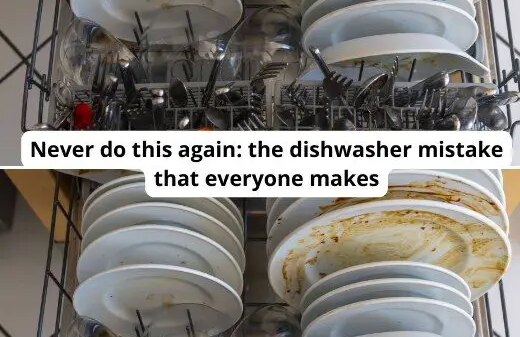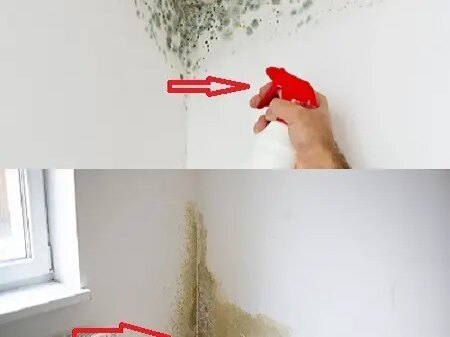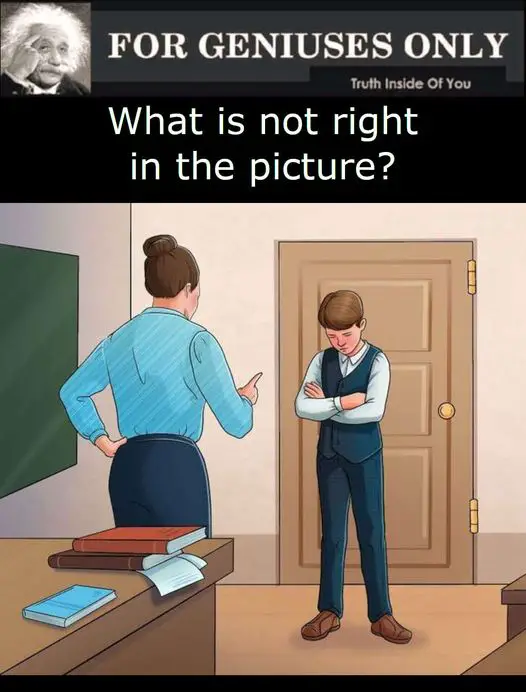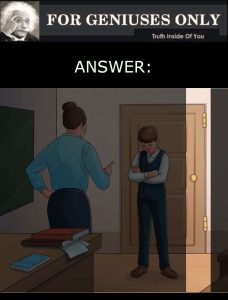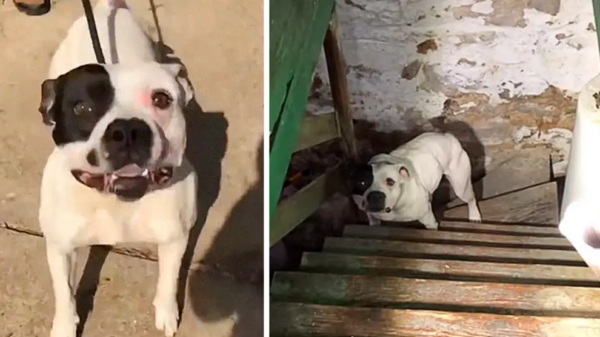Sharing is caring!
Visual puzzles are a captivating way to engage our cognitive abilities and observational skills. Whether we realize it or not, the smallest inconsistencies in an image can feel unsettling or out of place, triggering our brain to question the reality we perceive. Such is the case with a recent viral puzzle: “What is not right in the picture?”
At first glance, the image appears to be a regular door with an adjacent wall. However, upon closer inspection, something feels off, but it might not be immediately obvious. The solution? The door hinges are on the wrong side. While this may sound like a trivial detail, it completely disrupts the functionality and logic of the door’s design.
Why Does This Matter?
Door placement may seem like an insignificant architectural feature, but in reality, these details play a huge role in how we interact with our environment. A door’s hinges allow it to open and close in a predictable manner. If the hinges are on the opposite side, not only does it make the door difficult to open, but it also challenges our intuitive understanding of how doors should function.
Design flaws like these are more than just amusing errors; they can also highlight the importance of attention to detail in construction and design. In this particular puzzle, the misplaced hinges are enough to confuse a viewer who expects the door to open a certain way.
The Psychology of Puzzles
Puzzles like this one are not just fun distractions—they can be highly beneficial for cognitive development. Solving visual puzzles taps into several aspects of mental processing, including:
- Pattern Recognition: Our brains are wired to seek out patterns in the environment. When we see something that doesn’t fit into an expected pattern, like the door with misplaced hinges, our brain instinctively flags it as “wrong.”
- Attention to Detail: Visual puzzles help us refine our ability to focus on the smaller aspects of an image or scene. In the case of the door, the misplacement of the hinges is such a minor detail that it might take some viewers a while to figure out what’s wrong.
- Problem Solving: The moment we realize something isn’t quite right, our problem-solving instincts kick in. We begin to mentally work through possible solutions or explanations for why the image doesn’t seem correct.
- Cognitive Flexibility: Solving puzzles requires us to think outside the box. Sometimes the answer is not immediately apparent, forcing us to reframe how we approach the problem.
A Closer Look at Design Flaws
Beyond just puzzles, misplaced elements like the door hinges in this image also draw attention to real-life design flaws. Consider how an oversight in the construction of everyday items can lead to confusion, inefficiency, or even safety risks. In architecture, simple design errors can create significant problems down the line, from doors that won’t close properly to buildings that don’t meet safety codes.
In fact, one of the most well-known examples of a design flaw is the “Vasa Ship,” a 17th-century Swedish warship that sank on its maiden voyage due to engineering miscalculations. While the misplaced door hinges in this puzzle are nowhere near as catastrophic, they serve as a reminder of how small mistakes can have a significant impact.
Solving the Puzzle
For those who initially missed the solution, spotting the door hinges on the wrong side might seem like a revelation. It’s a reminder that our brains often operate on “autopilot,” especially when it comes to familiar objects. Doors are something we encounter every day, and we rarely question their design. But puzzles like this force us to slow down and observe more carefully.
As one expert in visual cognition remarked, “The brain takes shortcuts when processing common objects. When something doesn’t match the brain’s expectation, it experiences a moment of confusion, followed by an ‘aha’ moment when the discrepancy is finally identified.”
Why We Love These Puzzles
The joy of solving a visual puzzle like this one lies in the satisfaction of figuring it out. It’s a form of mental reward—our brain recognizes the effort we put into analyzing the image and gives us a dopamine boost when we finally crack the code.
“Humans are wired to solve problems, and that’s why we love puzzles. They challenge us, make us think, and reward us with a sense of accomplishment,” says Dr. Karen Smith, a cognitive psychologist. “When we find the solution, like noticing the door’s hinges in this case, our brain feels a little thrill of success.”
The Viral Nature of Visual Puzzles
In today’s digital age, visual puzzles have become a staple of online entertainment. Social media platforms are filled with images that ask viewers to spot hidden details or solve optical illusions. Part of the appeal lies in the communal experience of solving these puzzles together.
Viewers enjoy sharing their findings with friends, engaging in discussions, and challenging others to see if they can also solve the puzzle. It’s a social activity that, in the age of smartphones, has become a popular way to pass the time.
This puzzle, where something as small as misplaced door hinges can spark a wave of curiosity, is a perfect example of how small details can lead to widespread engagement.
In conclusion, what may seem like a simple visual puzzle involving a door and its hinges turns out to be a delightful mental challenge. By training our brains to notice inconsistencies, puzzles like these not only entertain us but also sharpen our cognitive abilities. The next time you see an image and something feels “off,” you might just be one step closer to spotting the hidden flaw.
Sharing is caring!
![]()

